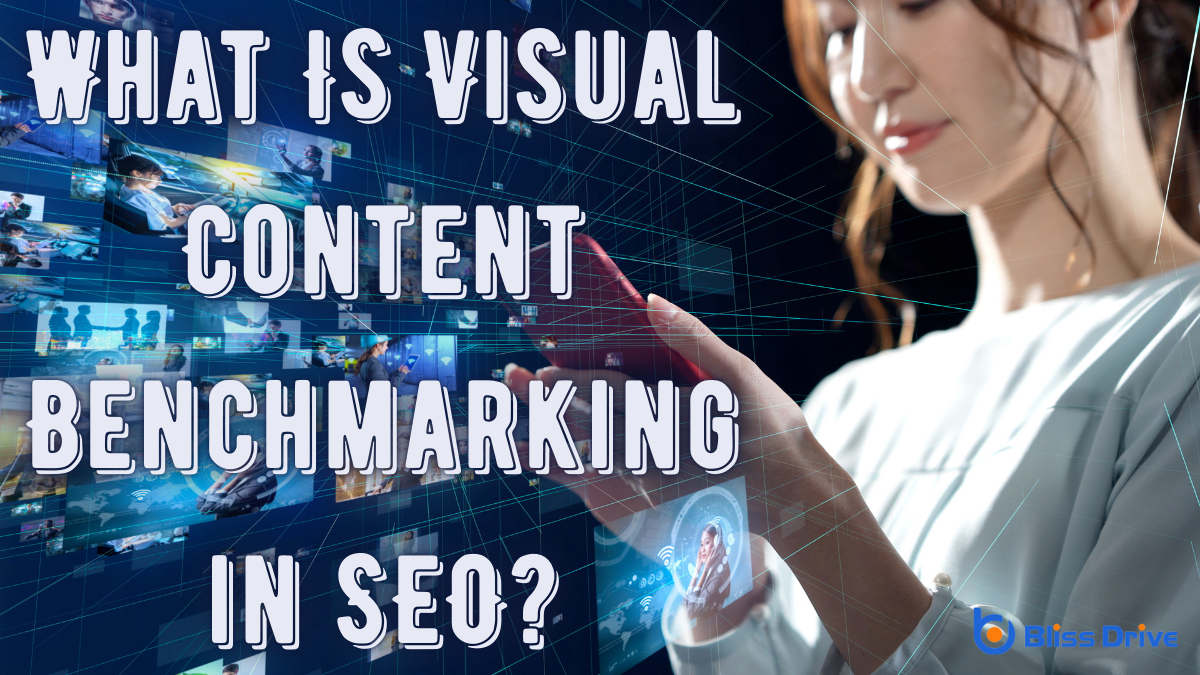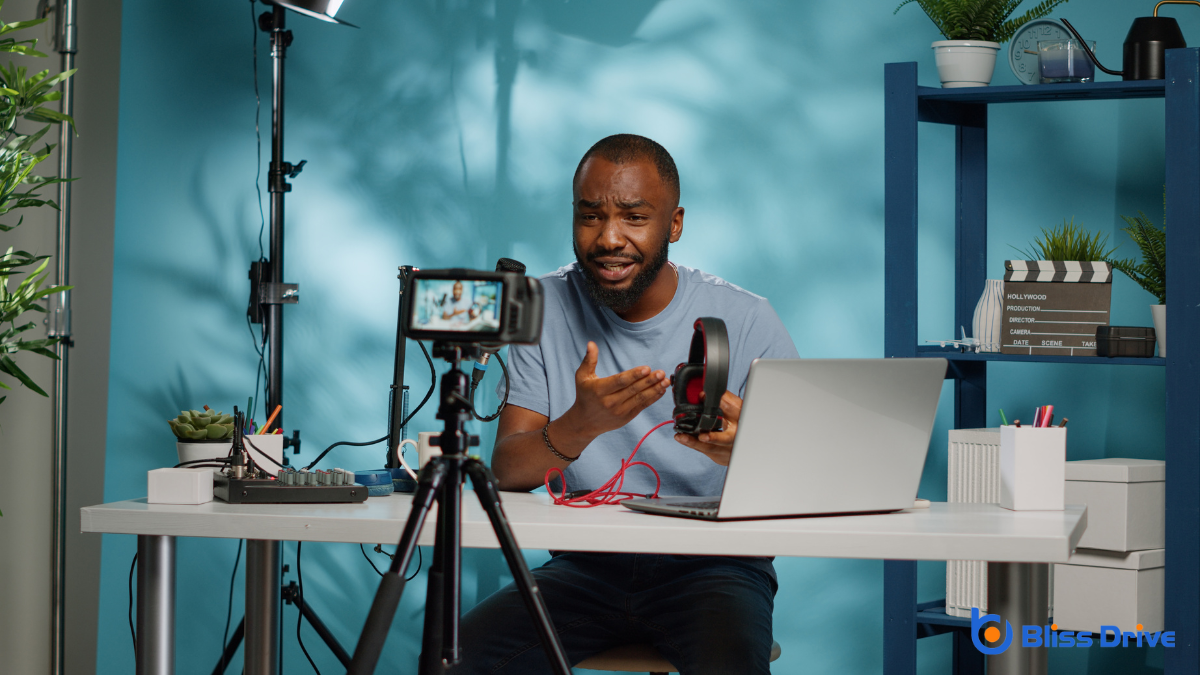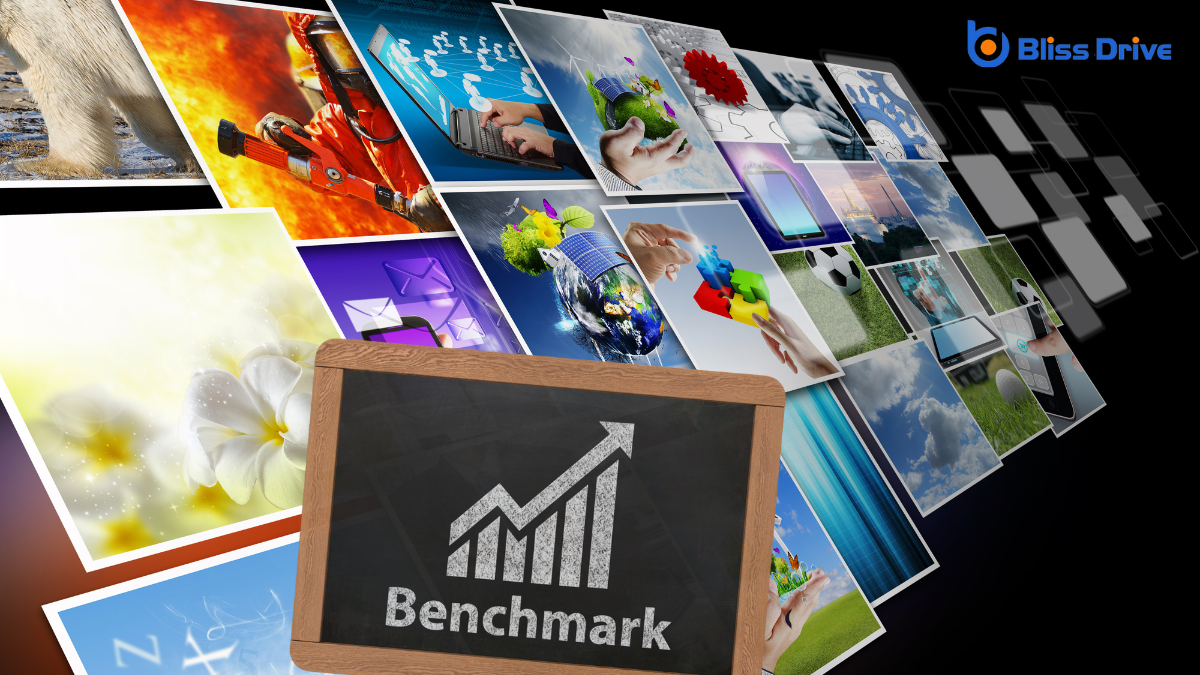Digital Marketing Services
Learn More About Us

Imagine you’re stepping into the world of SEO, where visual contentImages, videos, and other visual elements used to engage users and improve conversion rates. isn't just eye candy but a powerful tool for boosting search rankingsThe position at which a website appears in the SERP.. Visual content benchmarkingComparing content performance against industry standards or competitors. in SEO is about comparing your site's images and videos against competitors to enhance visibility. It’s a strategic approach that reveals what works and where improvements are needed, setting the stage for higher engagementThe interactions that users have with a brand’s content on social media. and traffic. Curious about optimizing your visuals for better results?
Visual content benchmarking is all about evaluating and comparing your visual assets against competitors to enhance your SEO strategy.
You start by identifying the types of images and videos your competitors use effectively. Next, assess how these visuals engage audiences and drive traffic. Look at metrics like shares, likes, and comments to gauge their impact.
You don’t just gather data—you analyze it to uncover what works and what doesn’t. Ask yourself if your visuals are as compelling or if they need a refresh.
Are your images optimized for search engines? Understanding these elements helps you develop visuals that not only catch the eye but also rank well.

You're probably aware that visual content isn't just about making your site look good; it's a powerful tool for boosting user engagementThe level of interaction and involvement users have with social media content..
By integrating eye-catching images and videos, you can captivate your audience, keeping them on your page longer and reducing bounce rates.
This increased interaction can also positively impact your search rankings, making visual content an essential component of modern SEO strategies.
How often do you consider the power of visual content in driving user engagement? Visuals like images, infographicsVisual representations of information, data, or knowledge intended to present complex information qu..., and videos capture attention faster than text. They make your content more relatable, helping users understand your message quickly.
When users find your content appealing and easy to digest, they're more likely to stay on your page, reducing bounce rates and increasing interaction time. Engaging visuals also encourage social sharing, expanding your reach.
When you use compelling images and videos, you create a more memorable experience, prompting users to comment, like, or share your content. This interaction fosters a connection with your audience, building trust and loyalty.
In the ever-evolving landscape of SEO, leveraging visual content can greatly boost your search rankings. Search engines love rich mediaInteractive and multimedia content included in emails, such as videos and GIFs. because it enhances user experience and engagement. By incorporating images, videos, and infographics into your content, you increase the likelihood of users spending more time on your site, which signals search engines that your content is valuable.
Optimizing visual content is essential. Use descriptive file names and alt tags for images. These help search engines understand the content and context of your visuals, improving your chances of ranking higher.
Also, make sure your images and videos are mobile-friendly, as mobile searchUsing a mobile device to conduct internet searches. continues to grow. Remember, quality visuals not only capture attention but also enhance your site's credibility, contributing to improved search rankings.
When you're crafting visual content, ensuring its relevance to your audience is vital for effective engagement.
It's not just about aesthetics; measuring user engagement metricsMetrics that measure user interaction with a website, such as time on site and pages per session. helps you understand how well your visuals resonate.
To make your visual content truly effective, it must resonate with your audience and align with their needs. Start by understanding what your audience values and tailor your visuals to reflect that. Use imagery that speaks directly to their emotions and experiences.
Consider these aspects:
Although visuals can be compelling, their true effectiveness in SEO is gauged by user engagement metrics. You need to pay attention to metrics like time on page, bounce rateThe percentage of visitors who leave a website after viewing only one page., and click-through rate (CTR)The percentage of users who click on a specific link or CTA..
These indicators reveal how well your audience interacts with your visual content. If users linger longer on a page, it’s a sign your visuals are engaging. A low bounce rate suggests that visitors find your content relevant and worth exploring.
Meanwhile, a high CTR means your visuals are enticing enough to prompt further action. By monitoring these metrics, you’ll gain insights into the impact of your visual content and identify areas needing improvement.
How can you gain an edge in SEO through visual content? By analyzing your competitors’ visual content strategies, you can uncover valuable insights.
Observe what works for them and identify opportunities for improvement in your own approach. Start by examining their visuals on various platforms, noting the types of content they use and the engagement they receive.
Consider these points:

When you're looking to gain a competitive advantage through visual content, leveraging the right tools for benchmarking is essential.
Start by exploring Google AnalyticsA web analytics service offered by Google that tracks and reports website traffic. to monitor how visual content drives traffic and engagement. It provides insights into user behavior, helping you identify what works.
Additionally, Canva's design tools offerThe specific product or service being promoted by affiliates. templates and suggestions based on trending visuals, making it easier to stay current.
SEMrush is another handy tool, allowing you to analyze competitors' visual strategies and keywordsWords or phrases that users type into search engines to find information..
To evaluate your visual content's effectiveness, use tools like BuzzSumo, which highlight the most shared visuals across platforms.
Don’t forget about Adobe Spark, which aids in creating eye-catching visuals quickly.
These tools will help you refine your visual content strategyA plan for creating, publishing, and managing content to meet business goals. and boost your SEO efforts.
Understanding the metrics for evaluating visual content performanceMeasuring how well content achieves its intended goals. is essential in optimizing your SEO strategy. You want your visuals not only to captivate but also to drive results. By focusing on the right metrics, you can refine your approach and maximize impact.
Consider these key performance indicators:
Embrace these metrics to enhance your visual content's effectiveness and make informed decisions.
You're probably aware that visuals can greatly influence how users experience your website.
By engaging your audience with compelling imagery, you can boost their interaction and keep them on your pages longer.
It's crucial to optimize visual elements not just for aesthetics but also for speed and accessibility to enhance overall user satisfaction.
Although often overlooked, visuals play an essential role in enhancing user experience on your website. They can transform a mundane page into an engaging experience, helping visitors connect with your content on a deeper level.
When you integrate visuals effectively, you create a more inviting and accessible space for users. Consider the following benefits:
When leveraged effectively, imagery can considerably boost user engagement by creating a more dynamic and interactive experience. You gain the ability to guide your audience’s attention and evoke emotions that words alone might miss.
Pictures and visuals break the monotony of text, making your content more appealing and easier to digest. By using relevant and high-quality images, you can enhance storytelling, clarify complex ideas, and retain user interest.
Your visuals should align with your message, reinforcing your content’s purpose and inspiring users to take action. Incorporate varied visual elements like infographics, videos, and photos to cater to different user preferences.
This variety keeps your audience engaged, encouraging longer site visits and potentially increasing conversionThe completion of a desired action by a referred user, such as making a purchase or filling out a fo... rates. Remember, memorable imagery can be a powerful tool in fostering deeper user connections.
Optimizing visual elements is essential for enhancing user experience and can considerably impact how your audience interacts with your content. When you focus on visuals, you create an emotional connection, making your audience more engaged and willing to explore further.
To achieve this, consider these key aspects:

To boost your website's performance, it’s crucial to implement effective visual content optimizationImproving content to enhance its performance and effectiveness. techniques. Start by verifying your images are high quality but not so large that they slow down load times. Use descriptive, keyword-rich file names and alt text to improve search engine understanding.
Compress images without sacrificing quality, and consider using modern formats like WebP for faster loading.
Leverage responsive designA web design approach that makes web pages render well on a variety of devices and window or screen ... to guarantee visuals display correctly on all devices, enhancing user experience. Implement lazy loading to defer offscreen images, speeding up initial page load times.
Don't overlook video content—optimize by reducing file size and using subtitles to increase accessibility. Regularly audit your visual content's impact on SEO to refine and improve your strategy, guaranteeing continued success.
Having explored various visual content optimization techniques, it’s valuable to see these strategies in action through real-world examples.
Witnessing success storiesA feature on platforms like Instagram and Facebook where users can post photos and videos that disap... provides insight and inspiration for your own SEO endeavors. Consider these standout cases:
These stories demonstrate how visual content, when benchmarked and optimized effectively, can transform your SEO results.
As digital landscapes continue to evolve, staying ahead of future trends in visual content and SEO can provide a competitive edge.
You'll want to focus on immersive experiences like augmented reality (AR)Technology that overlays digital information on the real world through a mobile device. and virtual reality (VR)An immersive technology that allows users to experience and interact with a simulated environment., which are set to transform how users interact with content. These technologies increase engagement, making your content more memorable.
Additionally, optimizing for visual search will become essential. As more users rely on image-based searches, ensuring your visuals are accurately tagged and of high quality will boost your visibility.
Don't overlook the rise of AI-driven content creation tools, either. They offer new ways to generate compelling visuals efficiently.
By embracing visual content benchmarking, you're setting your site up for success in the ever-evolving world of SEO. Analyzing and optimizing visuals not only boost your search rankings but also enhance user experience, making your site more engaging. Stay ahead of competitors by leveraging the right tools and techniques, and keep an eye on emerging trends. Remember, effective visual content is key to capturing and maintaining audience interest in today's digital landscape.
